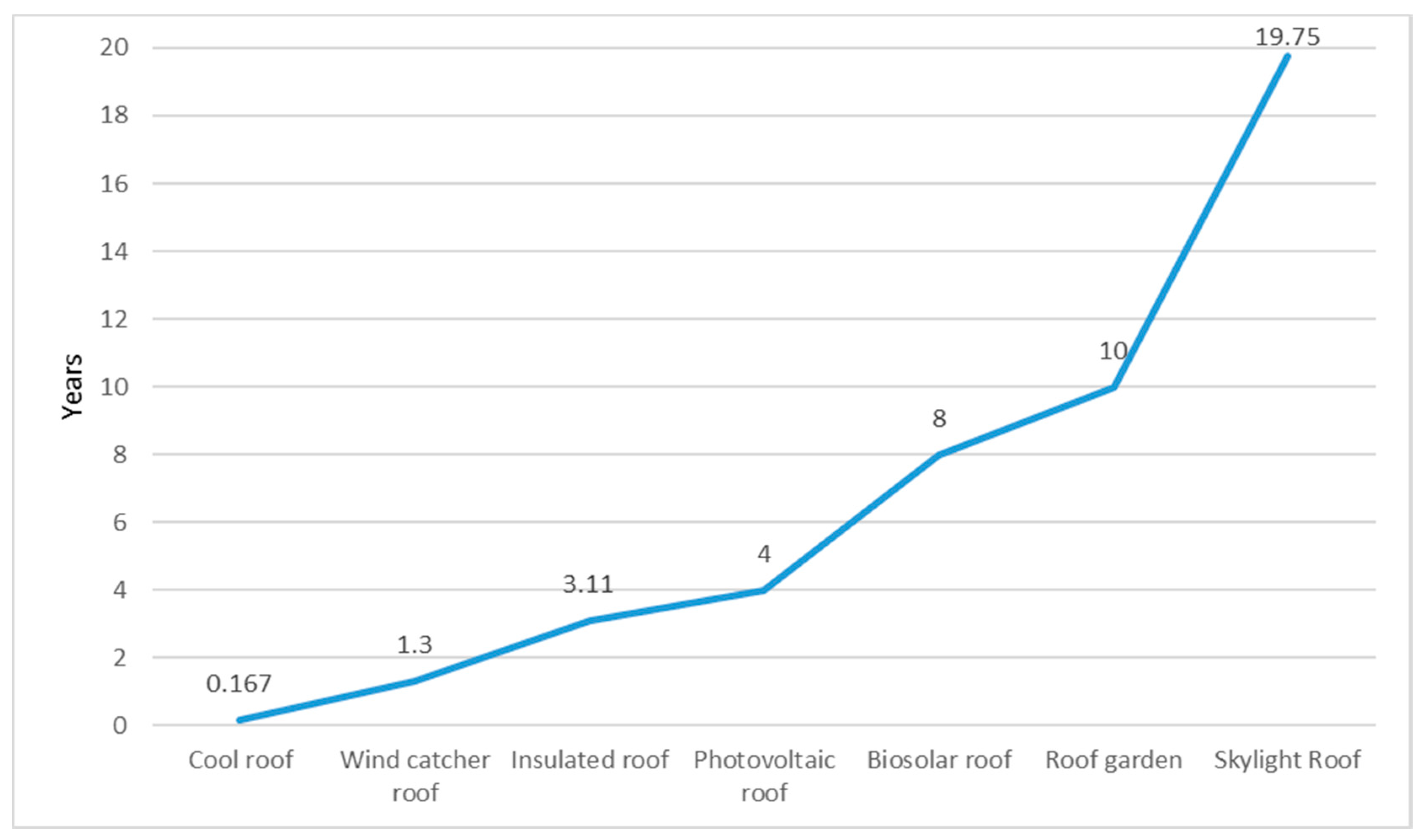5 best thermal imaging camera for home improvement.
Roof heat insulation techniques.
Rather than trapping heat inside or outside the home radiant barrier solutions work to reflect the sun s heat.
Cut and fit strips of 24 gauge sheet metal between the masonry chimney and the surrounding wood framing.
Methods of heat insulation of roofs heat insulating materials described are applied externally to the roofs.
Choose your insulation type and material 1.
The temperature in a well ventilated attic ideally should only be a few degrees different than the outside temperature.
Installation methods include radiant barrier draped over the rafters applied directly to the roof sheathing stapling to the bottom of the rafters and even laying radiant barrier on top of the attic floor insulation.
Before installing or adding attic insulation take these steps.
Therefore to protect the house the first place to install insulation in an attic is between ceiling joists.
In case of external application heat.
If using batts place the paper or vapor retarder side against the ceiling to resist the movement of water vapor.
Insulation of a new metal roof here are some techniques that can help you to insulate a new metal roof properly and things you need include plywood building paper sheets duct tape and roofing nails should either be galvanized or made from stainless steel.
In a ballasted roofing system the same stones that hold the roof membrane in place also provide an insulating barrier against solar heat much like an adobe building in the desert or an old stone farmhouse that stays cool inside thanks to its thick stone walls.
Use caulk and expanding foam the fire blocking type sealant to close air gaps around pipes ducts and electrical wires where they enter the attic.
Flat roof systems consist of a supp.
Shining and reflective insulation materials may be.
Use the fire blocking type.
Loose fill insulation fibers are packaged in bags and blown in place to the desired depth and density using special.
Radiant barriers aluminum sheets that cover the underside of a roof.
Inverted roof is where the insulation goes above the weather membrane effectively protecting it from heat and cold which can shorten its life and that of the roof deck it can even protect.

